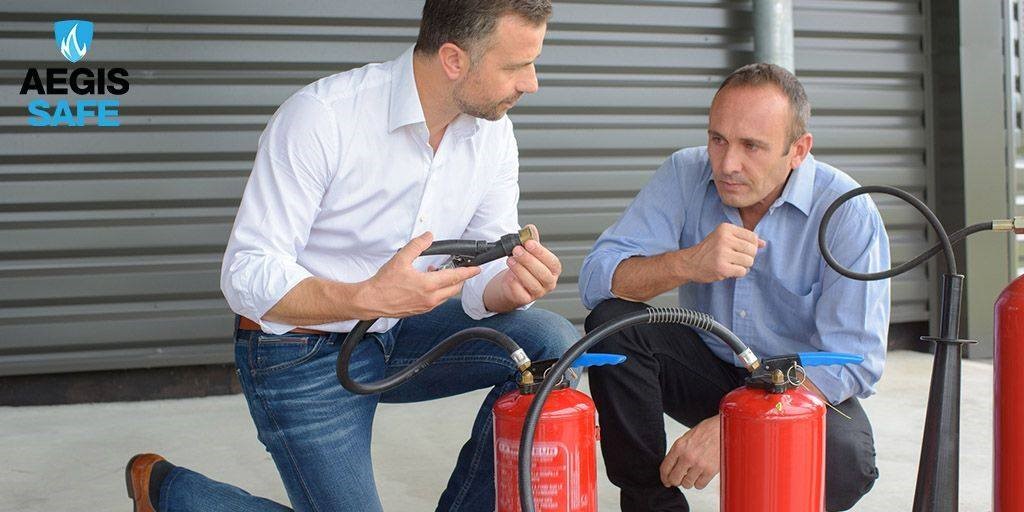Fire extinguishers are easy to overlook, especially if they are not your source of livelihood. Most business owners put these safety devices in their establishments for compliance, hoping they never have to be called upon.
Whatever your motivation is, when it comes to fire extinguishers, you need to comply with standards without fail. Few things are worse than being faced with an emergency and not having the means to deal with it.
Regular fire extinguisher pressure testing and inspection is your best option to protect your assets and ensure business continuity. Below are some of the current industry practices in fire extinguisher maintenance.
Inspection Every Six Months
Fire extinguishers typically do not expire, but they need to be inspected every six months. This maintenance activity includes a visual inspection to ensure that they will be ready when needed.
Each fire extinguisher must be in its designated location. This may sound simple but is critical during fire emergencies where seconds could make the difference between a small fire and an extensive loss.
Aside from its proper location, access to each fire extinguisher must not be blocked. In addition, it must be visible and easily reachable.
When checking the unit itself, the last date of inspection has to be verified. The inspection dates must be updated to ensure that every cycle is performed.
Another critical point of inspection is the physical status of the equipment. Each fire extinguisher must not show signs of damages or missing components.
The hose or nozzle must be undamaged, and the tank itself should have no corrosions, dents, or leaks. The pull pin and its seal should be present and intact.
Perhaps the most critical task is fire extinguisher pressure testing. This ensures that the equipment has enough force to put out small fires before getting bigger.
If the fire extinguisher does not have a pressure gauge, a good alternative is to weigh the tank to see if it is still full.
This maintenance activity must be noted on the label or the metal tag that comes with every unit.
Overhaul Every One to Five Years
Fire extinguisher regulations recommend that each unit must be overhauled every one to five years, depending on the condition and use. If the unit is no longer fit for an extended maintenance service, it has to be replaced.
As a general rule, fire extinguishers should be no older than 20 years. Once they reach this point, replace them regardless of their apparent condition.
Carbon dioxide extinguishers should be replaced every ten years. If they were damaged or discharged, they must be replaced earlier.
Commissioning of the Maintenance Services
Fire extinguisher pressure testing, inspection, and all other maintenance activities must be carried out by qualified professionals. They must be familiar with all the standards that apply to your state.
As a business owner, part of your responsibility is ensuring the safety of all your workers. Every time a professional inspects the fire extinguishers in your establishment, make sure that they supply you with the full report.
This report must include a register of all the fire extinguishers in your premises, a summary of all the services carried out, and information on critical findings such as missing components or defective units. This will help you monitor the health of your fire emergency response capabilities and ensure the safety of your staff and all your business assets.



